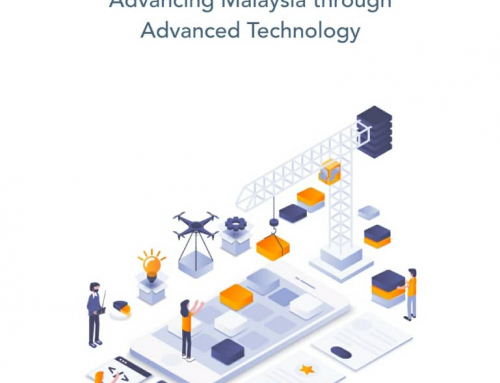
There are probably no other topics more crucial to our long-term growth that do not get enough mainstream attention than S&T innovation and R&D. Almost everything in 21st-century life—from the food we eat to the smartphones in our pockets to the type of jobs our people will have in the future—is practically underpinned by S&T.
However, in the Philippines, we’ve been slow to catch up in this regard. Among the Asean-5 (or the founding fathers of the regional bloc), which include Indonesia, Malaysia, Thailand, Singapore and the Philippines, we consistently register the least public R&D spending as a percentage of GDP.
Our 2018 Global Innovation Index ranking reflects this laggard performance. We placed 73rd out of 126 surveyed economies—unchanged from last year’s showing. Such ranking places us 9th among 30 “lower-middle-income” countries and 13th among 15 Southeast Asia and Oceania countries. In short, we’re “below average” when it comes to innovation.
This isn’t to say that we aren’t able to train competent scientists and researchers who can produce truly groundbreaking research. One major finding from a 2011 study we conducted as chairman of the House Committee on Higher and Technical Education was that even with meager government support, the quality of education and research in some of our universities is indeed world-class—or at least regionally competitive.
Of course, another major finding of that study was that more resources could definitely be funneled toward higher education and, in turn, to R&D. Thankfully, huge steps are now being taken to address this. Where the 2015 allocation for the Commission on Higher Education was only P7.036 billion, the CHED’s proposed 2019 budget is worth P50.44 billion—on top of the P65.2 billion that will hopefully be downloaded to the country’s 112 state universities and colleges.
But making the country more conducive to S&T innovation and R&D is not just a question of budgets. It is also a matter of how we spend such funds—referring to the quality of research our institutions conduct. It’s important that our R&D results in practical benefits and contributes to extension work for the direct communities of the researchers.
According to a 2005 joint study by the Asian Development Bank and World Bank, only one out of 716 Filipino firms surveyed said that the country’s universities (as well as public research institutions) were “the most important source of new technology.” It appears that our education and research institutions play a very small role in big business decisions made in the country.
This is a far cry from what’s happening in high-technology countries like Japan, South Korea, China, the United States (particularly in the
Research Triangle of North Carolina, or in Silicon Valley of Northern California) and Germany. One can clearly outline how the knowledge products of universities and research institutions go into the bridges being built, the new start-ups being rolled out, or the new products and services being offered in these economies.
The clearest example of the potential gains from such academe-industry linkages is none other than tech giant Google. Some of the research that led to Google’s groundbreaking algorithms actually came from grants funded by the US Central Intelligence Agency and the National Security Agency. The beginnings of the Internet itself came from the research work funded by the Defense Advanced Research Projects Agency in the 1970s.
The Philippines may be registering among the fastest growth rates in the world today, but it is imperative that more work is done to sustain this momentum. Boosting our capabilities for S&T innovation should be one priority area where we should direct our efforts and attention.
Source: https://businessmirror.com.ph/2018/11/02/st-innovation-for-growth/






